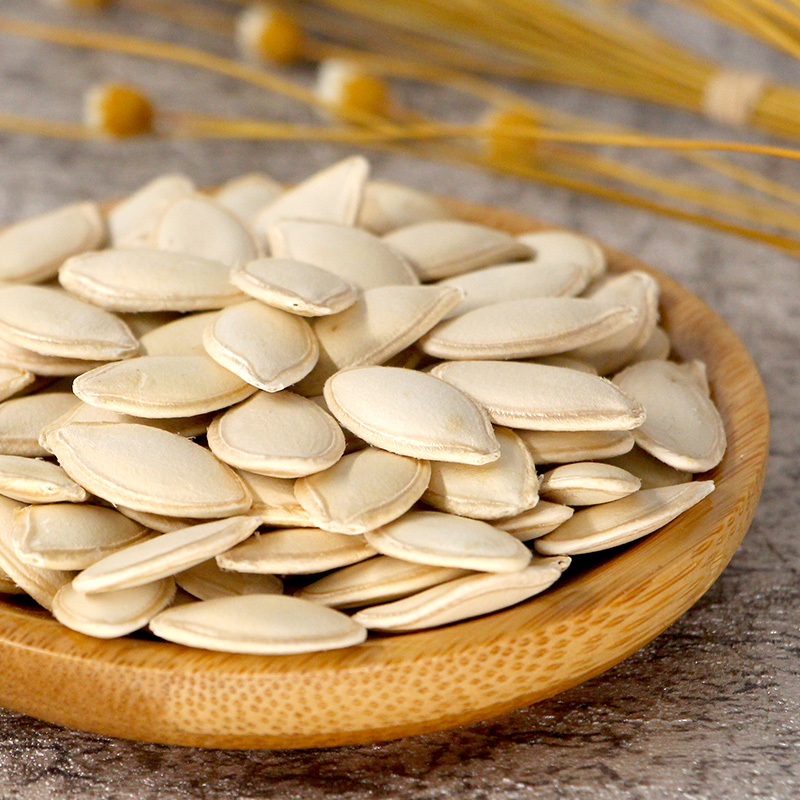Indoor or indoor cultivation is easy to develop. The main damage is vines, fruit and leaves. The impact of vine infection is larger, and the primordial brown ovals are irregular to the irregular lesions. There are black granules on the spots, which are pathogenic pods. Severe conditions lead to spoilage, and the growth and development of vines above the diseased part is greatly affected. In severe cases, the vines may be killed and the fruit may shrink. Pathogenic characteristics Mycosphaerella melonis (Passerini) Chiu et Walker belongs to Ascomycete spp. Ascocb cucumis Fautr .et Roum is a semi-fungal fungus. Conidiospores are buried under the epidermis of the host, spherical to oblate spheroid, brown, 95 to 137.5 microns in size; simple conidial stems with dense inner walls, single spores colorless, size 7.5 to 15.52.5 to 4 microns, spores There are two types: one is a small spore, very rich, oval or oval, single cell colorless, size 5.3 ~ 10.52.8 ~ 5 microns. The other species are large spores, elliptical to long ovate, with 1 diaphragm, 2 to 3 diaphragms, diaphragm contracted, size 7.5 to 172.5 to 5.5 microns. The bacteria on the PSA colony white, expanded to a round shape, in addition to the edge of the white, the dark inside the silk black, dense and well-developed aerial hyphae, white to grayish white. The bacteria infested honey cucurbit, melon, zucchini, watermelon, watermelon seed watermelon and other cucurbitaceous plants. Taiwan recorded melon bacterial blight name Didymella bryoniae synonym Ascocb cucumis, A. Citrullina, A. Meloni, Acucumeris, Ph'llosticta citrullina, P. Ortncularia, sphaerella citrullina, s. Melonis, Didymellamelonis, Didymospaeria melonis, etc. The bacterial spores have a large variation and the scientific name has not yet been unified. Transmission routes and conditions In the north, conidia or ascospora shells grow in the soil with the diseased body, while in late spring, it spreads by irrigation water and rainwater, and invades through wounds and natural orifices. The diseased part produces conidia and repeats infection. The South can be spread around the disease. Plants introduced in the north or planted in the greenhouse or in the off-season are too dense, with poor ventilation and light transmission, and the growth is weak. Control methods (1) Two- to three-year rotations between northern and non-melon crops. (2) Dressing with 50% thiram with a seed weight of 0.3%. (3) Sorghum cultivation, mulching, and drainage during the rainy season. (4) Both South and North can spray 50% thiophanate-methyl WP 800 times or 36% thiophanate-methyl 400 to 500 times and 77% WP in the early stage of disease. 500 times, 75% chlorothalonil wettable powder 600 times, every 7 to 10 days, 2 or 3 times. The drug was stopped 7 days before harvest.
Shine Skin Pumpkin Seeds from the origin place of Inner Mongolia of China. and lady nail pumpkin seeds from origin place of Xinjiang.it is very helpful for health.
Pumpkin Seeds,Lady Nail Pumpkin Seeds,Xinjiang Pumpkin Seeds,Snow White Pumpkin Seeds Bayannaoer City Chentai Industry and Trade Co.,Ltd , https://www.chentaifood.com
